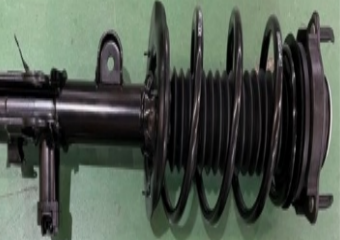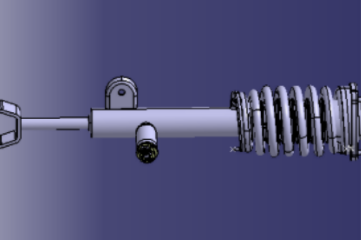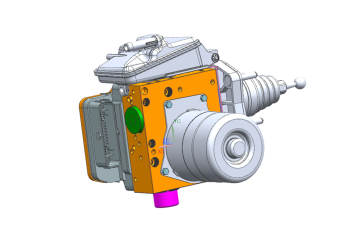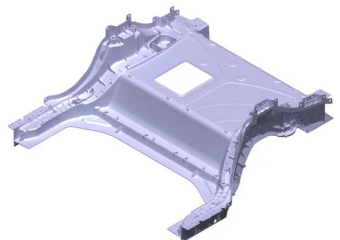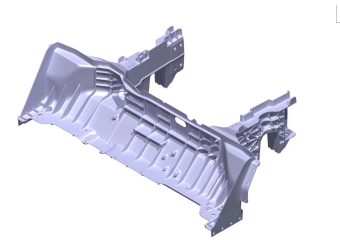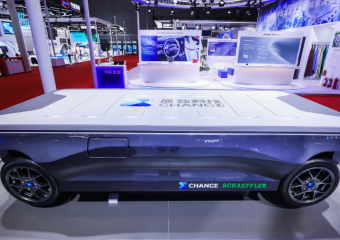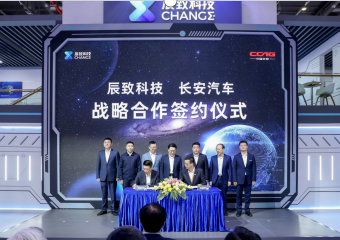IBCU
IBCU:
1. Highly integrated braking solution: lightweight, smaller layout space, less installation workload, lower operation and management cost, no additional cost to solve the P gear locking problem.
2. Energy saving and emission reduction: no need of vacuum source, energy recovery speed ≥0.3g, energy recovery rate of 13%~20%, and increase of endurance mileage.
3. Customer experience: fast braking response (dynamic response time ≤150ms), high-precision pressure fluctuation control, excellent pedal consistency, support of multi-pedal mode, low noise, and superior ride comfort.
4. Driving safety: system function safety level of ASIL D, dual-control EPB function integrated, and mechanical backup deceleration ≥0.5g.
5. Function expansion: support customized distributed function development. Redundant module interfaces are reserved to expand the demand for automatic driving above L3 level.
 Your current location:
home
>
Exhibition Hall Online
>
Venue Layout
>
N3
>
Electric Drive, Brake, and Steering Section
>
CHANGE Technology Co., Ltd.
Your current location:
home
>
Exhibition Hall Online
>
Venue Layout
>
N3
>
Electric Drive, Brake, and Steering Section
>
CHANGE Technology Co., Ltd.
